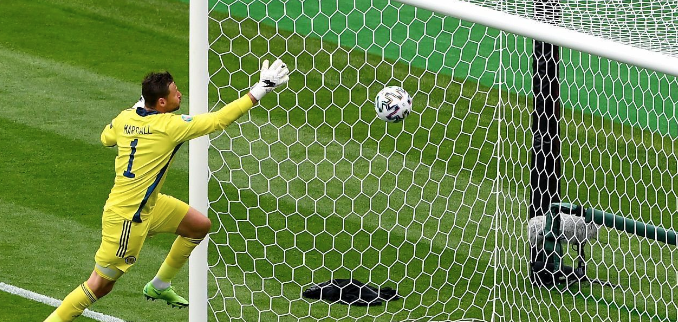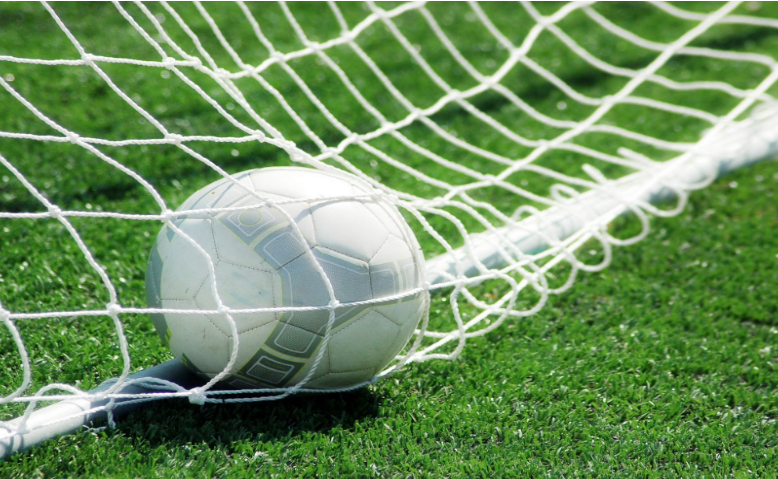
The netting surrounding the playing area is clear when watching a baseball game or tennis match. This netting serves a purpose beyond protection and containment, significantly impacting the game’s dynamics and the ball’s rotation. The type of sports netting used affects the ball’s movement, and understanding this relationship deepens our appreciation for the engineering behind sports facilities and equipment.
The netting’s design and material alter the ball’s bounce, roll, and flight, making it a vital aspect of the game. Its impact on gameplay is fascinating, enhancing our enjoyment of the sports we love and appreciate. The netting’s role is important, requiring careful consideration in sports equipment design.
What is the Importance of Sports Netting?
Sports netting has several benefits, including increased safety and better gameplay. However, its effect on the ball’s trajectory is sometimes ignored. By being aware of the characteristics of sports netting, athletes, trainers, and sports fans can choose the right gear and training grounds with knowledge. A 2023 study by the American Sports Builders Association (ASBA) found that over 35% of athletes reported difficulty in assuming ball trajectories when playing near sports netting with larger mesh sizes.
The size and composition of the mesh in sports netting can have a big impact on how the ball travels during play. We can better understand the nuances of the game and adjust our training methods and equipment by investigating the many kinds of sports netting and how they affect ball movement.
How Does Ball Trajectory Work?
The trajectory of a ball is a complex phenomenon influenced by several key factors like velocity, angle of launch, spin, and air resistance. When a ball interacts with netting, these factors can be significantly altered, changing its trajectory. The material, weave, and tension of the netting all play a vital role in this interaction, affecting the ball’s speed, direction, and stability. Understanding these dynamics is essential to appreciating the impact of sports netting on gameplay and optimizing equipment and training strategies for improved performance.
How do various Sports Netting designs impact gameplay?
Sports netting is an important aspect of various sports, serving multiple purposes beyond just protection and containment. Understanding the various types of sports netting is essential for optimizing equipment, training environments, and player safety.
Nylon Netting
Nylon netting is the best choice in sports netting that provides strength and durability, ensuring that facilities can offer safe and effective environments for training and competition. It’s commonly used in baseball, softball, and golf facilities. Nylon netting provides a moderate amount of give, absorbing some of the ball’s kinetic energy, which can slightly slow down the ball and reduce its rebound speed. Additionally, its tight weave can cause a significant deflection, changing the ball’s direction upon contact.

Polyethylene Netting
Polyethylene netting is another popular choice, especially for outdoor sports like soccer and lacrosse. It’s UV resistant and holds up well in various weather conditions. Similar to nylon, polyethylene netting absorbs some of the ball’s energy, altering its speed and direction. However, it has a looser weave compared to nylon, leading to less deflection and more energy absorption.
Kevlar Netting
Kevlar netting is known for its exceptional strength and is often used in high-impact sports like hockey and cricket. It absorbs very little energy, allowing the ball to retain much of its speed. The tight weave of Kevlar netting can cause significant deflection, impacting the ball’s trajectory sharply upon contact. This makes it an ideal choice for high-intensity sports.
Polyester Netting
Polyester netting is commonly used in indoor sports such as volleyball and basketball due to its resistance to stretching and abrasion. It offers a balance between energy absorption and deflection, making it an ideal choice for sports that require a high level of control. The material’s stability means the ball’s trajectory can be controlled more precisely, allowing for more accurate gameplay.
How Sports Netting Affects Different Sports?
The type of netting used can significantly affect the trajectory of the ball, speed, direction, and energy absorption. Let’s explore the ways that various sports are impacted by sports netting.
Baseball and Softball
In baseball and softball, the trajectory of the ball is important for both offensive and defensive plays. The netting used in batting cages and around fields can significantly impact training and game outcomes. It absorbs energy and slightly alters the ball’s speed and direction, simulating game-like conditions. Around fields, polyethylene netting is often used to contain balls without drastically altering their speed or direction.
Soccer and Lacrosse
In soccer and lacrosse, netting is used primarily for goals and containment. Goal netting is typically made of polyethylene, which can withstand outdoor conditions and has moderate energy absorption. This ensures the ball remains within the goal area after a shot. Large nets around the field help contain the ball without significantly altering its trajectory.
Tennis
In tennis, the netting at the center of the court plays a vital role in gameplay. Polyester netting is often used due to its controlled deflection and durability, ensuring the ball rebounds predictably when hitting the net. This consistency is essential for players to anticipate and react to the ball’s trajectory.
FAQs
How does netting affect ball trajectory in baseball?
Netting can absorb some of the ball’s kinetic energy, reducing its speed and altering its direction. Nylon netting, commonly used in batting cages, provides a balance between energy absorption and deflection.
Why is polyethylene netting preferred for outdoor sports?
Polyethylene netting is UV resistant and holds up well in various weather conditions, making it ideal for outdoor sports like soccer and lacrosse.
Conclusion
Understanding how different types of sports netting impact ball trajectory can help athletes, coaches, and facility managers make informed decisions. Whether for safety, training, or enhancing gameplay, the right netting can significantly influence performance. From nylon and polyethylene to Kevlar and polyester, each material offers unique benefits and affects the ball’s path differently. Investing in quality sports netting provides strength and durability, ensuring optimal conditions for both practice and play.
Support Northern Colorado Journalism
Show your support for North Forty News by helping us produce more content. It's a kind and simple gesture that will help us continue to bring more content to you.
BONUS - Donors get a link in their receipt to sign up for our once-per-week instant text messaging alert. Get your e-copy of North Forty News the moment it is released!
Click to Donate
